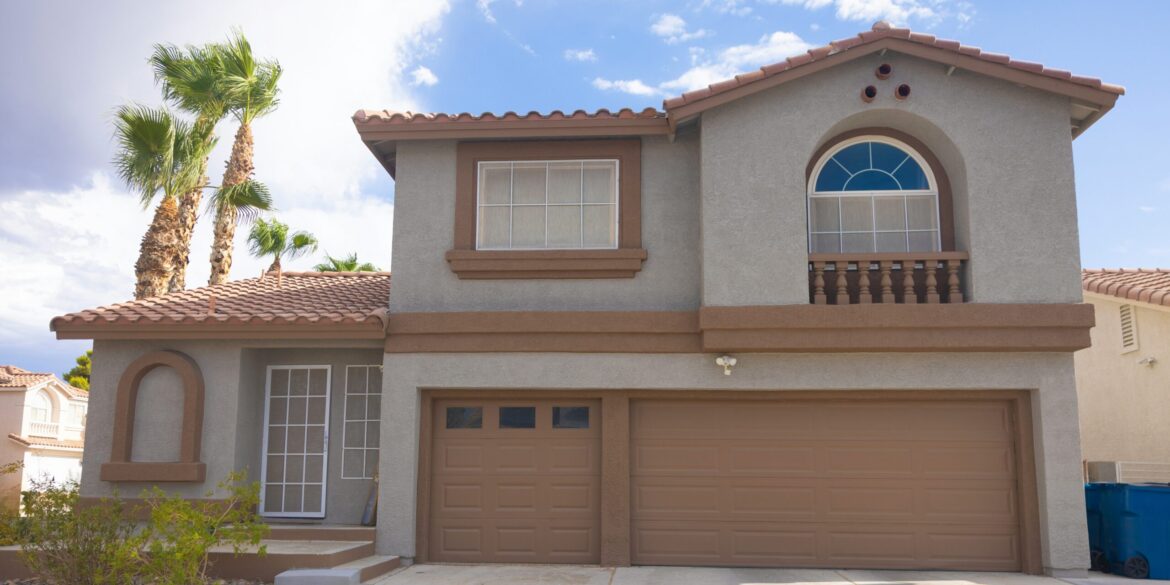Buyers regain leverage as inventory expands, price cuts increase, and sales timelines stretch
Midway through 2025, the U.S. housing market has settled into a new rhythm—one characterized by balance, rather than the urgency and volatility that defined the past three years. According to updated national housing data released on July 14 by Homes for Heroes and MarketWatch, the market is cooling in a way that favors buyers, signaling a return to more sustainable conditions.
After years of record-low inventory and hyper-competitive bidding, the number of active home listings nationwide has now crossed the one million mark for the first time since late 2019. This surge in availability is giving buyers more choices, more time, and greater negotiating power. In many major metro areas, the frenetic pace of sales is easing. Homes now spend an average of 38 days on the market—up from just 18 to 25 days during the height of the boom.
One clear sign of the transition is the rise in price reductions. As of July 2025, between 20% and 33% of active listings have experienced at least one markdown. Sellers who had hoped to fetch top dollar are facing a new reality: buyers are more price-sensitive and cautious, especially with mortgage rates hovering between 6.5% and 7%.
Although those mortgage rates remain high by historical standards, they have stabilized enough to encourage long-term planning among serious buyers. Many real estate professionals are noting a shift in buyer behavior—from emotional, rapid offers to more rational, calculated decisions that include contingencies and inspections. This is particularly evident in formerly high-pressure markets like Austin, Phoenix, and parts of Southern California.
According to a July report from MarketWatch, the most significant listing increases have occurred in the South and West, where overbuilding during the pandemic era has led to a relative surplus. However, the Northeast and Midwest are catching up, suggesting a national trend rather than a regional anomaly.
Sellers, meanwhile, are adjusting their strategies. Those who list without competitive pricing or who fail to prepare their homes for market are increasingly facing stagnant listings, relisting efforts, or withdrawn sales. Many agents now recommend proactive staging, professional photography, and realistic pricing from the outset.
The implications for first-time buyers are mixed. On the one hand, less competition and more inventory offer better buying conditions. On the other, rising mortgage payments have narrowed affordability for many entry-level purchasers, particularly in high-cost urban markets. Nonetheless, industry experts advise that those with stable financials and long-term plans should view the current market as a window of opportunity.
Financial institutions are also adapting. Some lenders have begun rolling out flexible mortgage options—including buydown programs, credit counseling, and targeted assistance for public-sector employees—to meet evolving market conditions and improve homeownership access.
This mid-year adjustment phase reflects the larger post-pandemic normalization of the real estate sector. After years of price inflation, bidding wars, and inventory scarcity, the U.S. housing market in July 2025 appears to be entering a phase defined by choice, stability, and negotiation—benefits that serve both buyers and a long-term view of housing equity.

